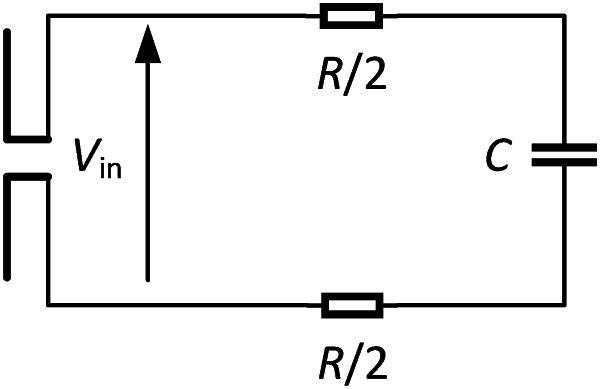| CPC G06K 19/0723 (2013.01) [H04L 9/32 (2013.01); H04L 2209/805 (2013.01)] | 12 Claims |

|
1. A method for authenticating passive RFID (radio frequency identification) tags, characterized in that the method comprises the following steps:
acquiring a tag fingerprint of the first tag as the first tag fingerprint, where the first tag is the genuine tag;
acquiring a tag fingerprint of the second tag as the second tag fingerprint, where the second tag is the tag to be authenticated; and
comparing the first tag fingerprint with the second tag fingerprint: if the first tag fingerprint is consistent with the second tag fingerprint, determining that the second tag is a genuine tag, otherwise determining that the second tag is a forged tag;
wherein the first tag fingerprint and the second tag fingerprint are power-off maintenance time enabling the passive RFID tags to operate normally during the discharging phase after fully charging.
|